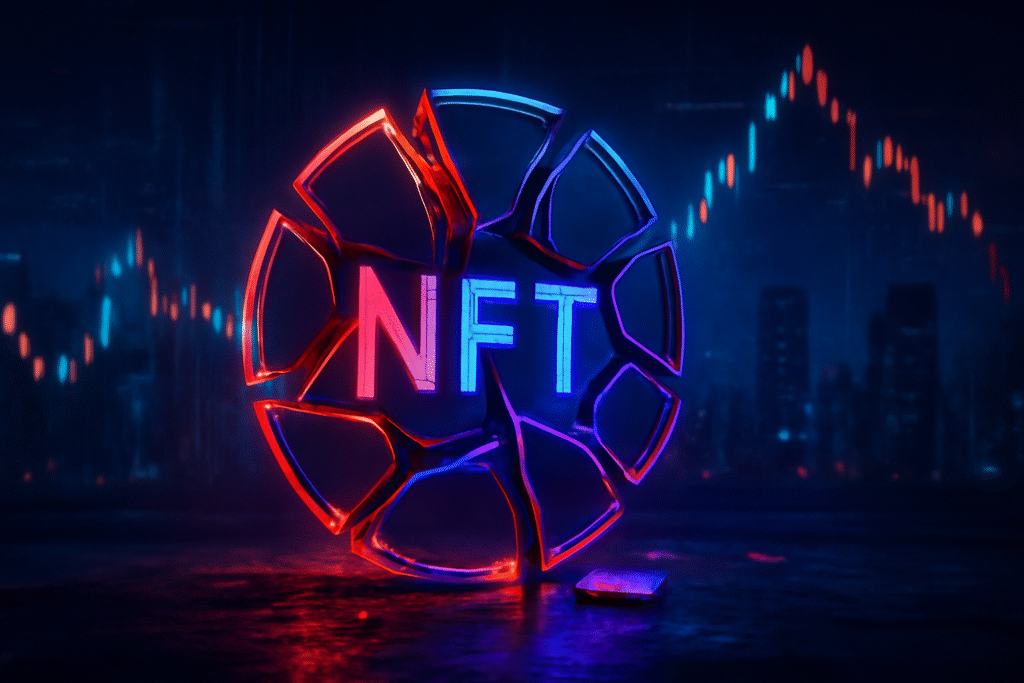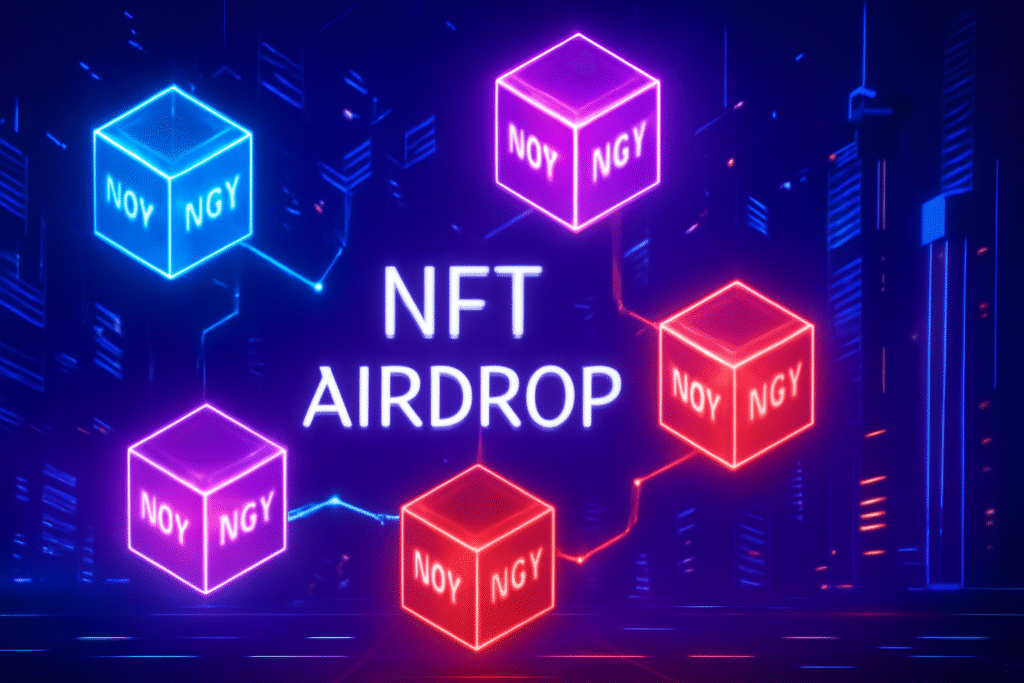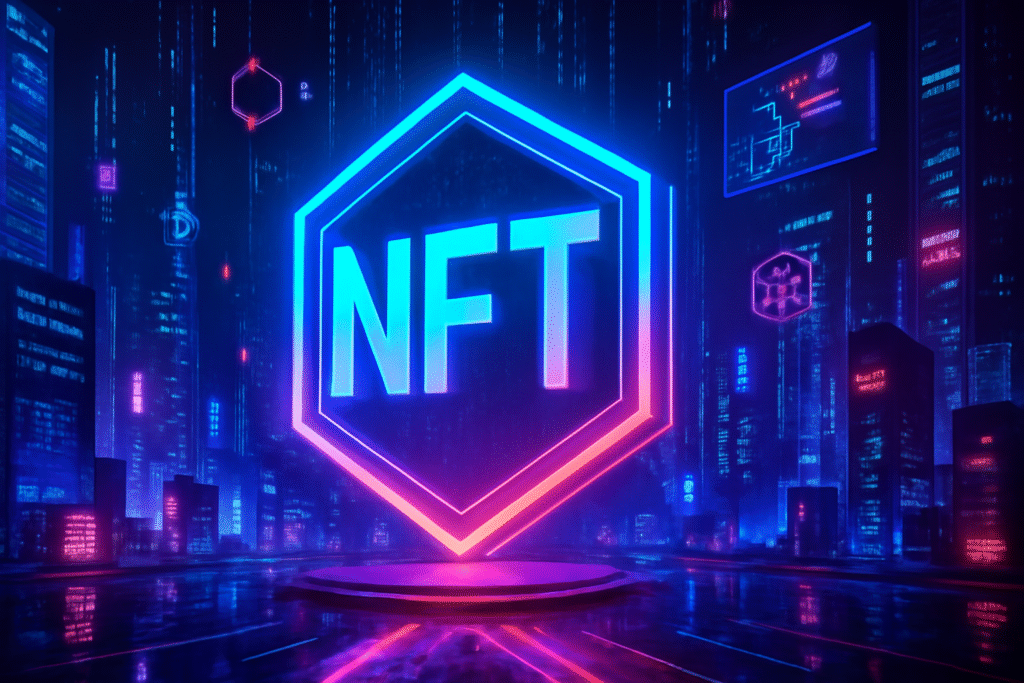Introduction
Did you know that over $30 million worth of NFTs were distributed through airdrops in 2022 alone, yet nearly 40% of crypto users still don’t understand how to safely participate in them? In the rapidly evolving world of Web3 and blockchain technology, what is airdrop has become one of the most searched crypto terms, especially as projects look for innovative ways to build communities and distribute digital assets. Whether you’re a seasoned crypto enthusiast or just beginning your journey into the NFT space, understanding airdrops is essential for navigating today’s digital asset landscape. Let’s dive into everything you need to know about what is nft airdrop and how these promotional distributions work.
Crypto Market Overview
The cryptocurrency ecosystem has evolved dramatically since Bitcoin’s introduction in 2009. Today, NFTs (Non-Fungible Tokens) represent one of the most exciting developments, with the market reaching a peak valuation of over $40 billion in 2021. Despite the cooling of initial hype, NFTs continue to play a vital role in digital ownership and community building.
Airdrops have emerged as a key marketing and distribution mechanism within this space. As of 2023, approximately 25% of all new NFT projects utilize airdrops as part of their launch strategy. This trend reflects a shift toward community-focused growth rather than purely speculative investment, with projects recognizing that engaged users form the foundation of sustainable blockchain ecosystems.
The Core Concept: How NFT Airdrops Actually Work

What Are Altcoins / Meme Coins / Airdrops?
An airdrop in the cryptocurrency world refers to the free distribution of tokens or NFTs to wallet addresses, typically to build awareness, reward loyal users, or bootstrap a community. Unlike random giveaways, airdrops are strategic marketing tools used by blockchain projects to achieve specific objectives.
NFT airdrops specifically involve distributing non-fungible tokens—unique digital assets that represent ownership of a particular item, artwork, membership, or digital collectible on the blockchain. Unlike cryptocurrencies where each token is identical, NFTs have distinct properties that make them one-of-a-kind or limited edition.
Airdrops generally fall into several categories:
- Standard airdrops: Free tokens sent to existing cryptocurrency holders
- Bounty airdrops: Tokens given as rewards for completing tasks
- Exclusive airdrops: Limited distributions to early adopters or community members
- Holder airdrops: Tokens sent to existing holders of specific cryptocurrencies or NFTs
Key Components & Technologies
The infrastructure behind NFT airdrops relies on several key blockchain technologies:
Smart Contracts: Self-executing contracts with the terms directly written into code, which automatically distribute NFTs when certain conditions are met.
Merkle Trees: Cryptographic tools that allow for efficient and secure verification of large data sets, enabling projects to airdrop to thousands of addresses while minimizing gas fees.
Token Standards: Most NFT airdrops use the ERC-721 or ERC-1155 standards on Ethereum, or equivalent standards on other blockchains, defining how the NFTs function.
Wallet Integration: Recipients need compatible cryptocurrency wallets to receive and store the NFTs, with MetaMask being among the most popular options.
The airdrop process typically works through these steps:
- Projects define eligibility criteria for the airdrop
- They snapshot wallet addresses that meet these criteria
- Smart contracts are deployed to handle the distribution
- Recipients claim or automatically receive their NFTs
- The NFTs become tradable on secondary markets
The Data-Driven Perspective
Market Data & Trends
NFT airdrop activity correlates strongly with overall market sentiment. According to recent data:
- Airdrop campaigns increased by 67% during bull markets and decreased by 42% during bearish periods
- The average value of NFT airdrops ranges from $50 to $5,000, with some high-profile drops exceeding $50,000 per NFT
- Projects that implement airdrops typically see a 156% increase in social media engagement compared to those that don’t
- 78% of successful NFT collections have utilized airdrops at some stage of their development
Interestingly, data shows that airdrops targeting existing community members outperform random distributions in terms of long-term holder retention. While random airdrops might see up to 80% of recipients immediately selling their assets, community-targeted drops maintain a 65% retention rate after 90 days.
Tokenomics & Market Health
The economic structure of NFT airdrops reveals important patterns:
| Airdrop Type | Average Retention Rate | Average Secondary Market Price | Community Growth Impact |
|---|---|---|---|
| Random | 20-30% | 30% below mint price | 15-25% growth |
| Community | 60-70% | 50% above mint price | 40-60% growth |
| Utility-based | 75-85% | 100% above mint price | 70-90% growth |
The healthiest NFT projects use airdrops as part of a balanced tokenomics strategy, rather than relying on them as their primary distribution method. Projects that allocate no more than 20-25% of their total NFT supply to airdrops tend to maintain better price stability and community engagement.
Additionally, airdrops that incorporate utility—such as governance rights, access passes, or stakeable assets—show significantly higher retention rates than purely artistic or collectible NFTs.
Risks, Challenges & Competition
Risks of Altcoins and Meme Coins
Despite their popularity, NFT airdrops come with significant risks that users should be aware of:
Scam airdrops: Nearly 30% of all NFT airdrops in 2022 were part of sophisticated scams, often requiring users to connect wallets to malicious websites or approve dangerous transactions.
Tax implications: In many jurisdictions, receiving airdrops is considered taxable income, with the valuation based on the fair market value at the time of receipt.
Privacy concerns: Participating in airdrops often requires sharing wallet addresses publicly, which can compromise user privacy by revealing transaction histories.
Gas fees: On networks like Ethereum, claiming “free” airdrops can sometimes cost more in transaction fees than the NFTs are worth, especially during periods of network congestion.
Market dilution: Excessive airdrops can dilute the value of existing NFTs in a collection, potentially harming early supporters.
Regulatory uncertainty: As regulations around digital assets evolve, airdrops could face increased scrutiny from financial authorities worldwide.
How Does NFT Airdrop Stack Up Against Competitors?
NFT airdrops compete with other distribution and marketing strategies in the digital asset space:
| Method | Cost to Projects | User Acquisition | Community Building | Average ROI |
|---|---|---|---|---|
| NFT Airdrops | Medium | High | Medium-High | 300-500% |
| Traditional ICOs | Low | Medium | Low | 150-250% |
| NFT Minting Events | Low | Low-Medium | Medium | 200-400% |
| Staking Rewards | High | Medium | High | 250-450% |
| Play-to-Earn | Very High | Very High | Very High | 400-700% |
While airdrops provide excellent initial visibility, they often need to be combined with other engagement strategies to maintain community interest over time. The most successful projects use airdrops as just one component of a comprehensive tokenomics and community-building strategy.
The Future Outlook
What’s Next for Altcoins / Meme Coins / Airdrops?
Several emerging trends will likely shape the future of NFT airdrops:
Increasing sophistication: Future airdrops will likely involve more complex mechanics, including multi-phase distributions and cross-platform interactions.
Proof-of-personhood requirements: To combat bots and sybil attacks, projects are implementing identity verification systems while preserving privacy.
Cross-chain airdrops: As blockchain interoperability improves, we’ll see more airdrops spanning multiple networks simultaneously.
Regulatory adaptation: Projects will develop compliance-focused airdrop strategies as regulatory frameworks mature globally.
AI-driven distribution: Machine learning algorithms will help target airdrops to the most valuable potential community members based on on-chain behavior.
Real-world integration: NFT airdrops will increasingly connect to physical products and experiences, blurring the line between digital and physical ownership.
Experts predict that by 2025, over 60% of new consumer-facing Web3 projects will utilize some form of airdrop strategy, but with much greater emphasis on long-term engagement rather than short-term speculation.
Conclusion
NFT airdrops represent a powerful tool for blockchain projects to build communities, reward supporters, and distribute digital assets. When implemented correctly, they create mutually beneficial relationships between creators and collectors. However, they also carry significant risks and challenges that both projects and recipients must navigate carefully.
As the cryptocurrency ecosystem matures, we’re likely to see airdrops evolve from simple marketing gimmicks to sophisticated community-building mechanisms with substantial utility and value. For users, understanding how airdrops work, recognizing potential scams, and considering the broader implications of participation will be essential skills in the digital asset landscape.
Whether you’re a creator looking to distribute your work or a collector seeking to participate in these distributions, staying informed about best practices and emerging trends will help you make the most of the opportunities while minimizing risks.

FAQs
How do I know if an NFT airdrop is legitimate?
Look for verified social media accounts, check the project’s history, verify smart contract code when possible, and be extremely wary of requests to connect your wallet to unknown sites or approve unusual transactions.
Do I have to pay taxes on NFT airdrops I receive?
In most jurisdictions, yes. Airdrops are typically considered income at the fair market value when received. Consult with a tax professional familiar with cryptocurrency regulations in your region.
How can I find upcoming NFT airdrops?
Follow reputable NFT projects on social media, join Discord servers, subscribe to NFT newsletters, and use platforms like Airdrops.io that aggregate upcoming opportunities.
Can I receive an airdrop if my crypto is stored on an exchange?
Usually not. Most airdrops require you to control your private keys through a self-custodial wallet like MetaMask. Exchange wallets typically don’t support airdrops, and even if they do, the exchange might keep the airdropped assets.
What’s the difference between an NFT airdrop and a cryptocurrency airdrop?
Cryptocurrency airdrops distribute fungible tokens (identical and interchangeable) while NFT airdrops distribute non-fungible tokens (unique digital assets with individual characteristics and metadata).
Are there gas fees associated with claiming NFT airdrops?
Yes, on most blockchains you’ll need to pay transaction fees (gas) to claim airdrops. The amount varies by network and congestion levels, with Ethereum typically having higher fees than alternatives like Polygon or Solana.




